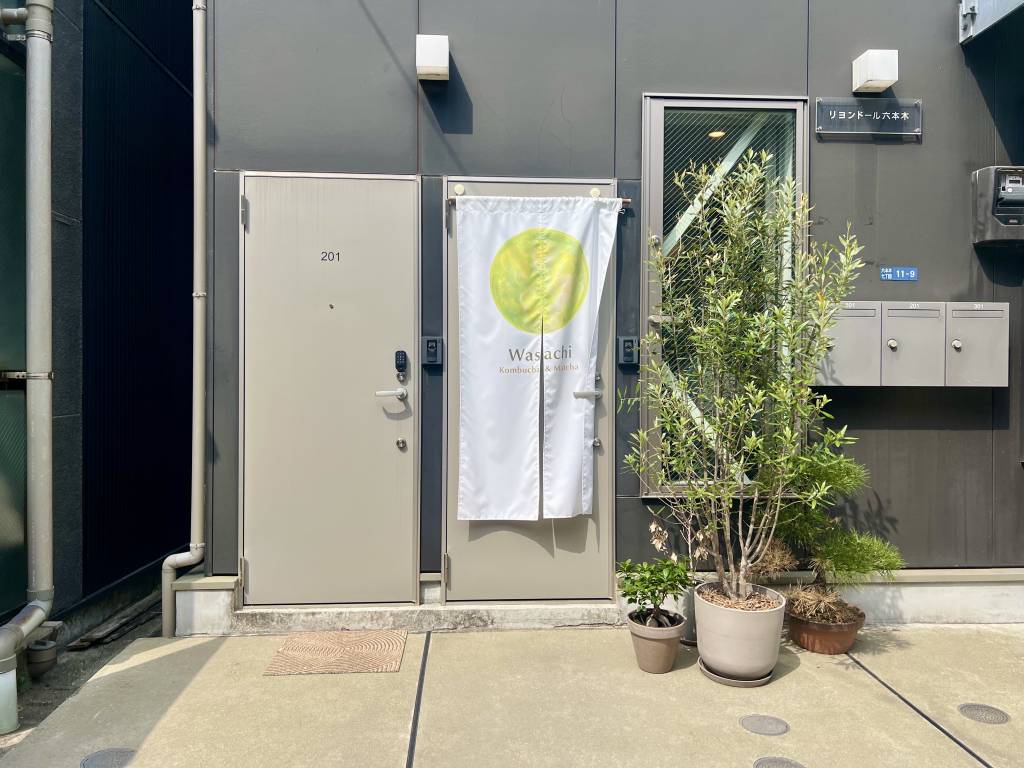When living the cheapo life, the last thing you want to do is get lost and be forced into a costly taxi ride. Building on last month’s guide to transport Japanese, in this post we’ll cover the basics of giving and receiving directions in Japanese so you can always find your way to your destination, without paying for the privilege.

Asking for Directions
Let’s start off with the most basic question that you can use for all occasions:
English (E): Excuse me. Where is …?
Japanese (J): Sumimasen. … wa doko desu ka?
If you want to be a bit more fancy and specifically ask someone how to get to a certain place, you could say something like this:
E: Excuse me. How do I get to …?
J: Sumimasen. … ni wa dōyatte ikimasu ka?
Giving and Receiving Directions
In answer to the above questions, there are any number of different possible expressions that a person may use, but a few keywords and sentence patterns will cover you in most situations. Let’s start with a few basic sentences:
E: Please go straight (until …)
J: (… made) massugu itte kudasai
E: Please turn right at …
J: … de migi ni magatte kudasai
E: Please turn left at …
J: … de hidari ni magatte kudasai
The most important words to know here are “massugu”, meaning “straight”, and “migi” and “hidari”, which mean “right” and “left”, respectively. It will also be helpful to remember the verbs “ikimasu” for “go”, and “magarimasu” for “turn”.
In each of the above sentences, however, these verbs are expressed in what is known as the te-form. The te-form is particularly relevant when giving or receiving directions because not only is it the verb form used for commands and requests, but it is also used to join multiple phrases together in a sequence.
You or someone else would do this by simply removing “kudasai” (the word for “please”) from each of the above sentences, and then saying them one after the other. By then re-inserting “kudasai” at the end, the entire sentence becomes a polite command, much like a similar English sentence with “please” added at the beginning. The result might be something like this:
E: Please go straight, then turn left at the traffic lights
J: Massugu itte, shingō de hidari ni magatte kudasai
Notice that the parts in bold have been copied directly from the examples from earlier.
It is possible to string together as many phrases as you like in this way, as long as the verb at the end of each phrase is expressed in the te-form.
Now let’s look at a few more basic phrases that we might hear along the way:
E: (Please) leave through this exit
J: Kono deguchi wo dete (kudasai)
E: (Please) enter the station
J: Eki ni haitte (kudasai)
E: (Please) cross the road
J: Dōro wo watatte (kudasai)
We now have everything we need to know to understand all kinds of multi-step directions, like this one:
E: Please leave through this exit, turn right, go straight until the intersection, cross the road, enter the station and turn left.
J: Kono deguchi wo dete, migi ni magatte, kōsaten made massugu itte, dōro wo watatte, eki ni haitte, hidari ni magatte kudasai.

Counting Landmarks
Although the above phrases cover the necessary basics, in most cases, the directions to a particular location will not simply involve turning at the first landmark, like an intersection, but rather require turning at some other intersection further down the road.
Intersections and other landmarks are usually counter using the “banme” counter. When “banme” appears after a number in its raw form, the number becomes an ordinal number, so the number one becomes “first”, two becomes “second”, and so on. This is then connected to a place or object using the particle “no”, like so:
E: The first intersection
J: Ichi banme no kōsaten
E: The second set of traffic lights
J: Ni banme no shingō
E: The third corner
J: San banme no kado
When used in a sentence, these are just slotted into any of our phrases from earlier, such as in the following examples:
E: Please turn left at the fourth intersection
J: Yon banme no kōsaten de hidari ni magatte kudasai
E: Please go straight, then turn right at the fifth set of traffic lights
J: Massugu itte, go banme no shingō de migi ni magatte kudasai

When they speak too fast …
Whether you’re fairly new to the Japanese language or have been speaking it for years, there are always times when you can’t quite follow the person answering your questions. In such situations, the following phrases are lifesavers:
E: Sorry, would you please speak a little slower?
J: Sumimasen, mō chotto yukkuri hanashite kudasai
E: Sorry, would you repeat that please?
J: Sumimasen, mō ichi do onegaishimasu

And there you have it – remember these few phrases and you’ll never get lost again! Well, maybe not quite, but at the very least you’ll be able to find your way back eventually.
Happy navigating!































